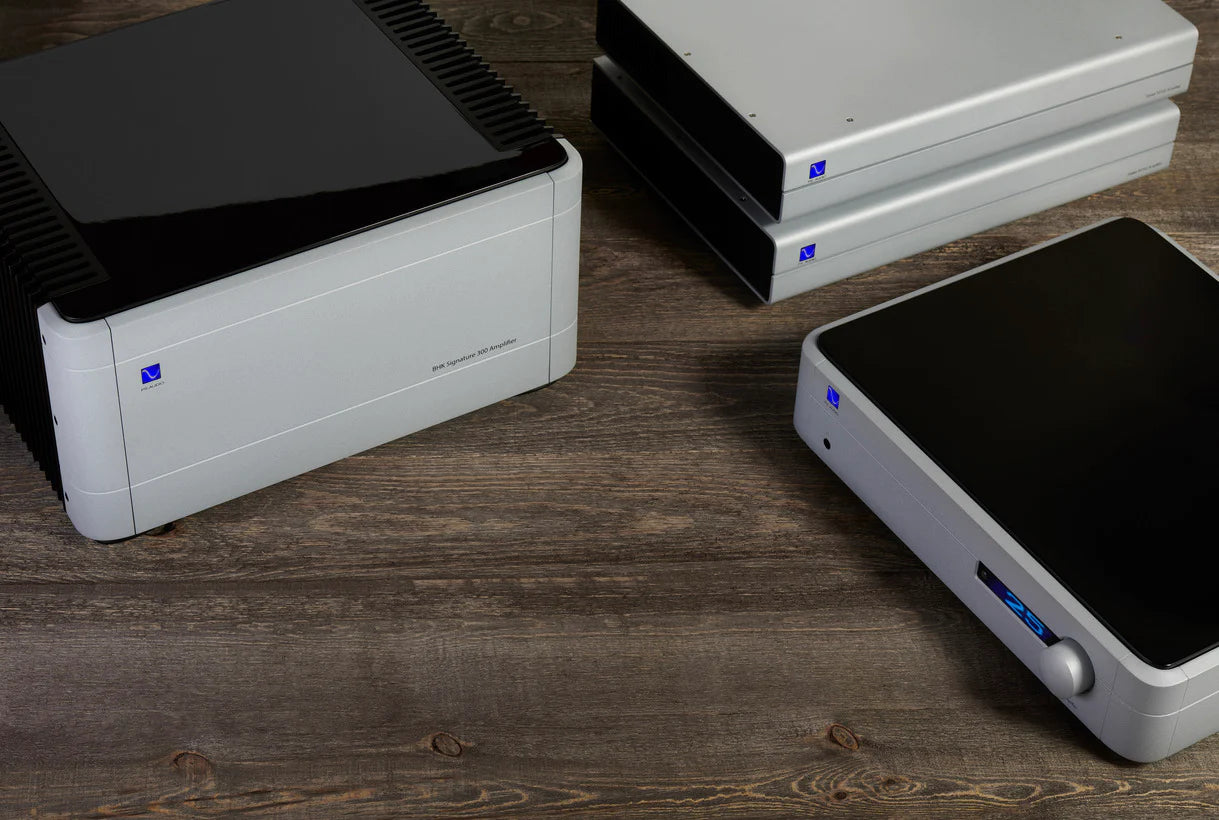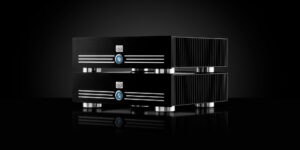I was set to move onward in our explanation of the output analog stage of a DAC or preamp but one of my readers asked me to explain output impedance which I mentioned a few days ago. This is a subject that folks should understand at least at some level because so many things in high end audio...

www.psaudio.com
Specifically the following:
"Here’s what’s important: whatever you are trying to ask the output amplifier to drive must be at least 10 times higher in impedance and preferably 100 times or more. Why? Because you don’t want to lose any of the musical energy being sent to the receiving device and you don’t want to stress out the amplifier that’s sending the music in the first place.
So here are some practical examples. If the input impedance of your power amplifier is 10k then the output impedance of your DAC or preamp feeding it must be at least 1k and better if it’s 100 Ohms or less. If it’s 100 Ohms you’ll only lose a tiny amount of signal at the junction between the preamp and the amp – 100th of what you are sending, just for understanding sake (not entirely accurate but you get the idea).
Here’s another example: a loudspeaker. Let’s say your loudspeaker is an 8 Ohm speaker whose impedance dips as low as 3 Ohms at its lowest point (speakers don’t have flat impedance). That means the output impedance of your power amplifier should be at least 0.3 Ohms and probably better at 0.03 Ohms to really have very little affect."
Either way, it's been an interesting discussion. Ta muchly.



